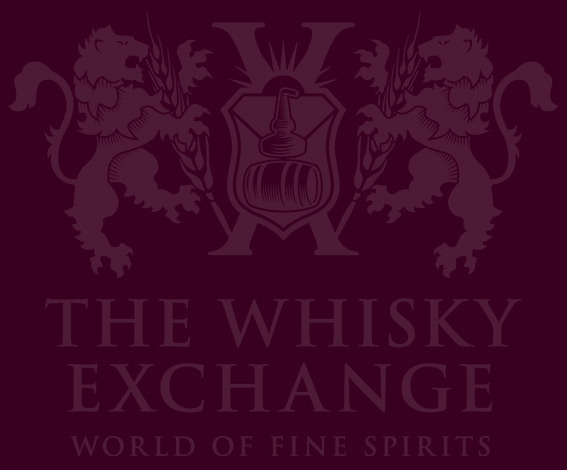Oh Canada. You make lots of great whisky but haven’t sent much of it to Europe…until now.
For years, the only Canadian whiskies you’ve been able to find in Europe are the really big names: Crown Royal and Canadian Club. But with the arrival of Pike Creek, Lot 40 and Wiser’s 18yo in the UK just in time for both Canada Day and Canada’s 150th birthday, now’s the perfect time to explore Canadian whisky. But what is it?
The Basics
Firstly, the spelling: unlike other North American whiskeys, there’s no E in Canadian whisky. Head over to our post about spelling if you want to know more.
Canadian whisky has both similarities and differences to both Scottish whisky and American whiskey: it’s mashed, fermented and distilled in a similar way, but they can mature whisky in used barrels, like in Scotland, and also use a wide range of different grains to create flavours, like in America. The resulting whisky has a flavour profile somewhere between Scottish grain whisky and American rye – a huge range of flavours.

Shelter Point – making single malt on Vancouver Island since 2011
Blended whisky
Almost all Canadian whisky is blended. The producers use a selection of grains – barley, corn, rye and wheat – but in general, each is fermented, distilled and matured separately. These are then blended before going into the bottle. This gives lots of flexibility when creating whiskies, as you can dial in the flavour profile you want at blending time, rather than having to design your whisky years before you bottle it.
Base Whisky and flavouring whisky
In a similar way to making a blended Scotch whisky, there are two main types of spirit that are used to create most Canadian whiskies: base whisky and flavouring whisky.
Base whisky is distilled to a high strength, like Scottish grain, and is a lighter-flavoured spirit that acts, as the name suggests, as a base.
Flavouring whisky is normally distilled to a lower strength, creating more strongly flavoured spirits that are used in a similar manner to single malts in a Scottish blend, adding layers of flavour and character to the base whisky.
That said, there are also distilleries making single malt whisky and experiments across the country – there’s a lot more to Canadian whisky then blends.
Single blends
While they are normally blended, most Canadian whiskies are still the product of a single distillery, a bit like so-called ‘single blends’ in Scotland – a rare style of whisky where both the grain and single malt are made at the same distillery. While each Canadian producer has a house style, the range of different grains they use means they often produce a wider range of different releases than the average Scottish distillery.
Rye whisky

Lot 40: the place to start for Canadian rye made with lots of rye
Rye is a grain that adds layers of spicy flavour to whiskey and whisky. In the early days of whisky making in Canada, German and Dutch immigrants suggested adding a bit of rye and it became so popular that it’s now a standard addition in Canadian whisky – no matter how much rye is in the recipe, Canadians call their whisky ‘rye’.
That said, in more recent times, Canada has become known for producing incredible 100% rye whisky. Once just made as a flavouring whisky, it is now being released on its own and picking up fans around the world – grab yourself a bottle of Lot 40 if you want to try it out.
Thanks to Davin de Kergommeaux for his excellent website, which (along with Davin himself and his other writing) has taught me almost everything I know about Canadian whisky. All mistakes are my own…
You can find The Whisky Exchange’s full range of Canadian whiskies here.










 Enjoy responsibly
Enjoy responsibly
Comments
Well done, Billy.
Don’t forget Crown Royal Northern Harvest Rye won best whisky in the world 2 years ago. Allan
We’ve not forgotten – we even wrote about it at the time. It’s still not available over here in the UK 🙂